My favorite tree in the landscape has to be the American sycamore, with its massive trunk, branching structure and distinctive mottled bark. With common names like the planetree, buttonwood and buttonball-tree and reaching to heights of one hundred feet, the American sycamore is one of the largest trees among the eastern hardwoods. Growing natively in all of the states east of the Great Plains and ranging from the southern regions of Canada to northern Mexico, makes this a commonly seen species for many locales one could model. Yet, I can’t recall ever seeing an accurate sycamore tree model on a layout in any scale.
Characteristics
Sycamores generally have a single massive trunk and open crown branch structure at the top. Multi-trunk variations are also common. The presence of other tress can affect the development of the branch structure in many ways, lending individual trees their unique forms. The main and secondary branches radiate from all sides of the trunk with each main branch dividing into smaller and smaller ones. As seen in the photos, individual branches can be quite contorted in their growth patterns. At maturity, the leaves are huge, often larger than a human hand in size.
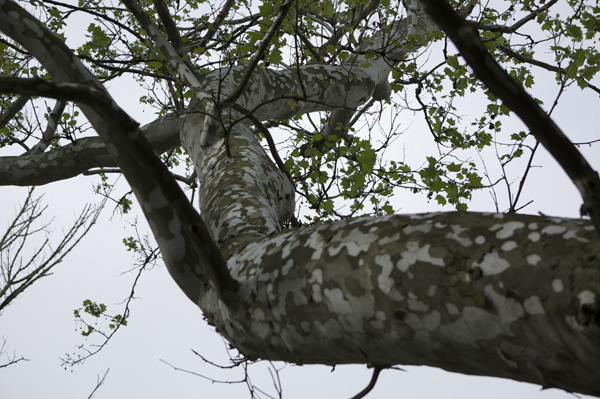
The main branches of sycamores can be huge and contorted. There's no mistaking this tree thanks to the multi-colored, mottled bark.
At the ground the trunk is generally straight or slightly flared at the roots. Sycamores prefer moist soil and are usually found near streambeds and riverbanks, where the root structure acts as a stabilizing influence helping to prevent soil erosion. Their growth patterns often evolve in clusters of trees when conditions are favorable.
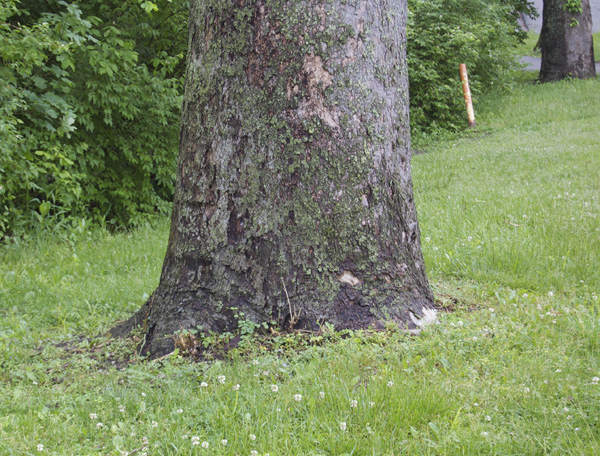
Root flair of sycamore trunk at the ground plane. Note the absence of visible, large feeder roots above ground, commonly seen in other species such as the silver maple.
The most distinctive feature of this tree has to be the bark. The main trunk consists of multilayered, pieces that vary in size and somewhat in color. Moving up the trunk, the bark texture and color changes dramatically to a mottled, exfoliating (peeling) form with green, tan and cream colors that gives the trees their unique appearance. Faithfully modeling these colors and textures would be challenging in any scale. There are ways to do it, however.
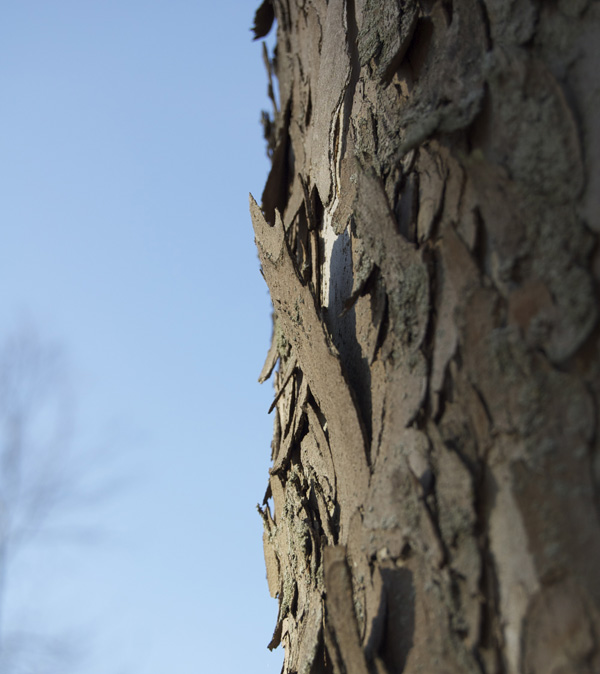
The bark on the lower portions of the trunk has this distinctive peeling texture revealing a lighter cream color layer.
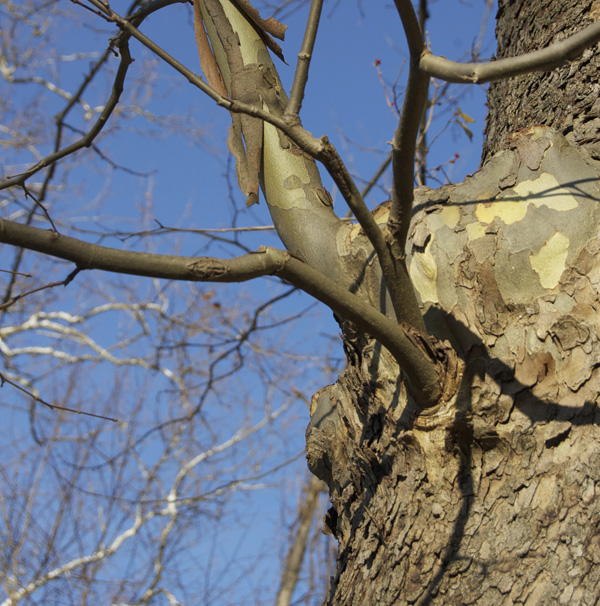
Moving up the trunk, the bark texture changes dramatically to a mottled colors of tan, greens and grays.
Modeling Notes
Keeping the principles of scale and modeling perspective in mind will influence the techniques used to faithfully model this tree in miniature form. In scales such as N and Z, pay attention to the overall shape and coloration of the tree model. Individual details will be miniscule at these scales. For HO scale, use common sense when deciding which textures to render. The bark texture of the main trunk will be the most pronounced, similar to medium grade sandpaper in roughness and dimensionality, while that of the branches will consist more of spots of color. While we’re speaking of color, do not use white for the upper branches. The full scale trees aren’t white and a pure white simply won’t look natural under layout lighting conditions. Try a pale cream or beige color instead. If you’re modeling a foreground signature tree, then a more detailed approach could work bearing in mind the amount of detail you would reasonably see in the real world at that distance and scale proportion. Moving up to S and quarter-inch scales, the sky is the limit as individual bark textures will be large enough to be readily seen and appreciated. The photos below should help illustrate these ideas.
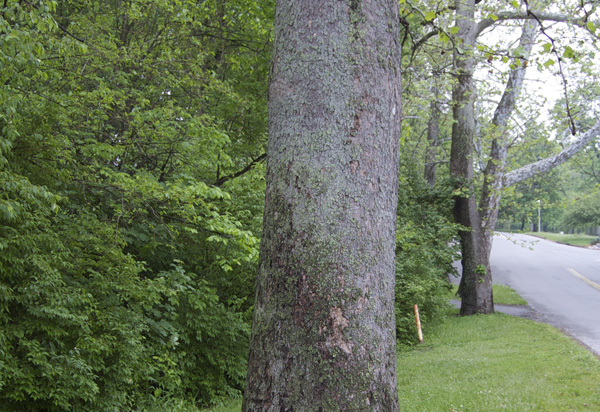
From this distance, one can see a roughness in the bark texture, but it is still indistinct. Compare the texture you see here with the two trees in the background.
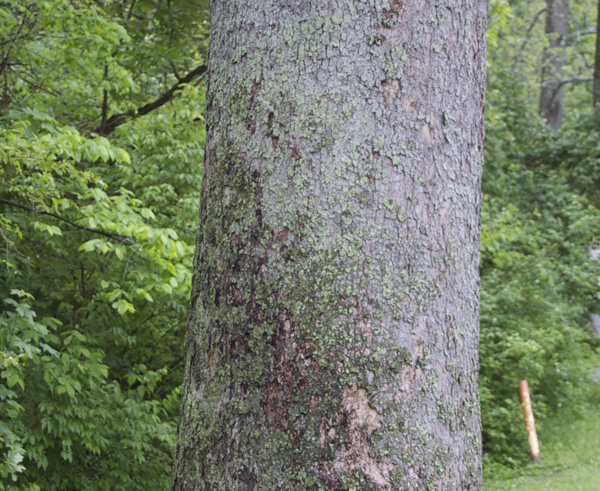
Moving closer, as represented by the larger modeling scales, the amount of visible texture increases, commanding more attention. The specks and areas of green color are moss growths on the bark surface.
About This Series
I’m well aware of how unlikely it is that the general hobby population will ever embrace the idea of modeling the landscape to the degree I suggest in this series. That isn’t my purpose in presenting this type of information. My purpose is to make it available for those who want a greater challenge in their hobby activities beyond conventional model building. My other purpose is to get modelers looking at the landscape as a prototype in its own right, one as worthy of careful study as any other aspect of the modeled scene. As with any other modeling subject, high caliber tree models are well within the reach of anyone willing to learn the techniques involved.
Regards,
Mike
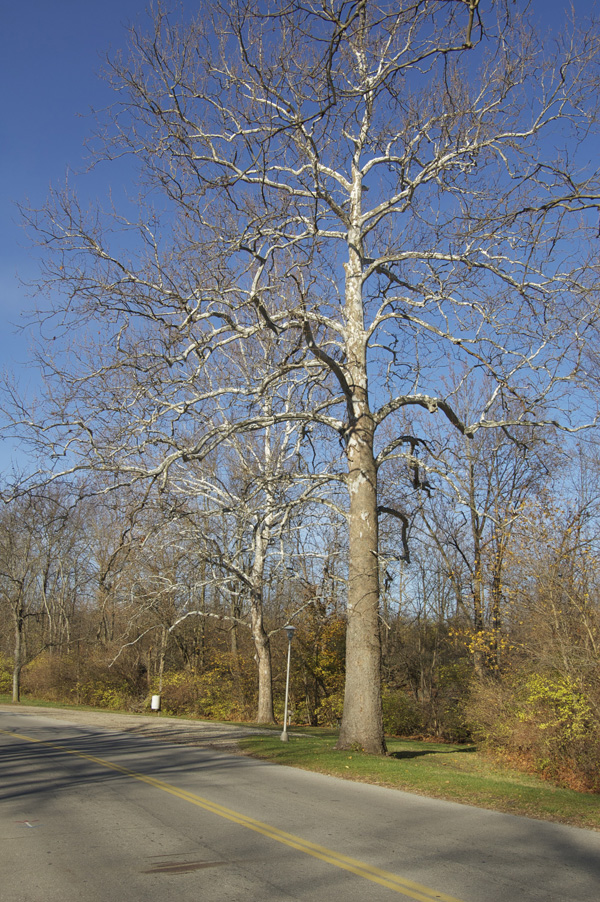
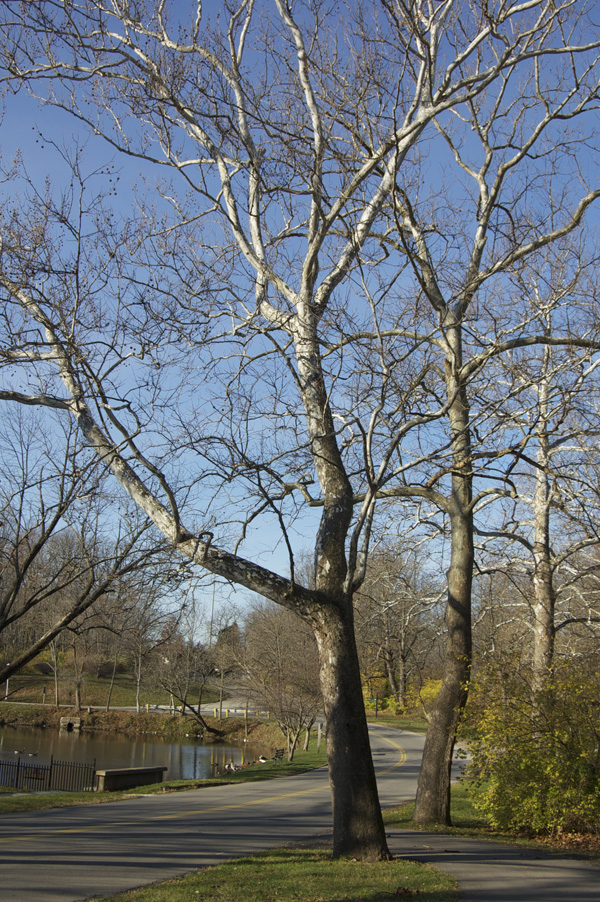
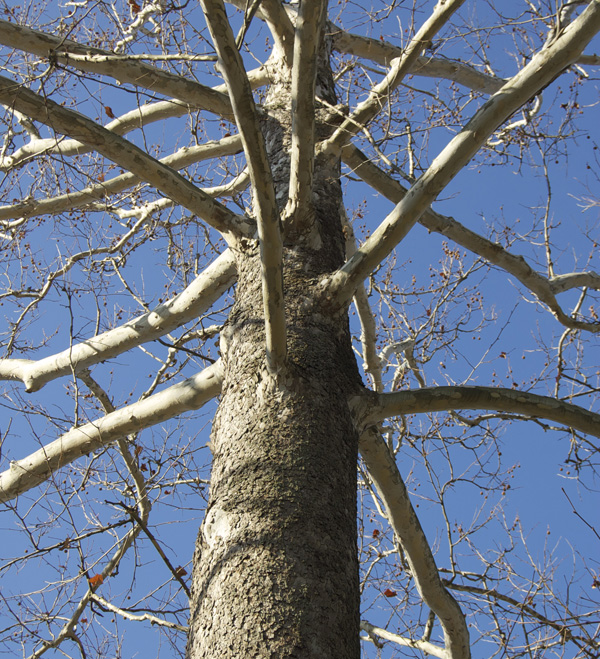
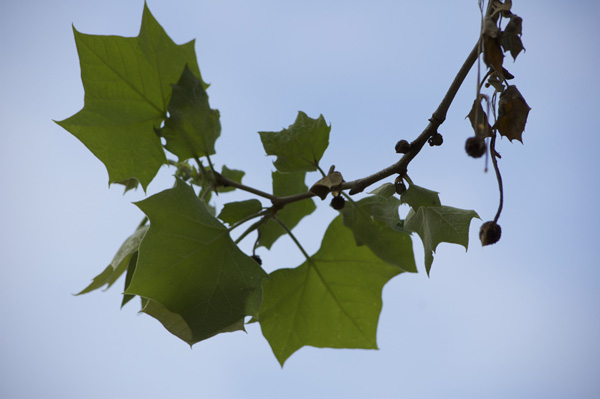
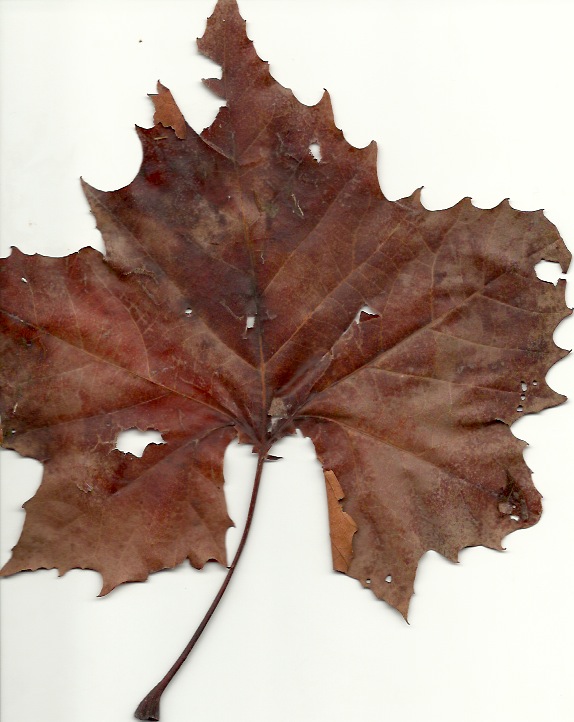
0 Comments